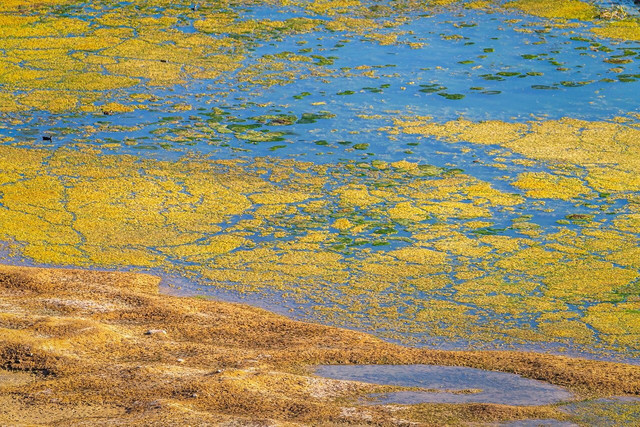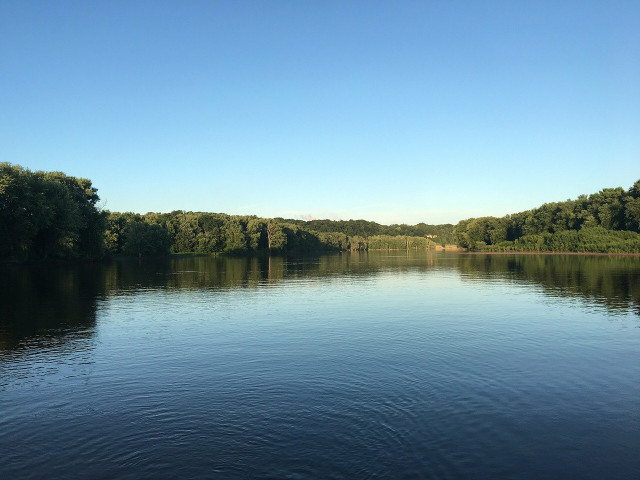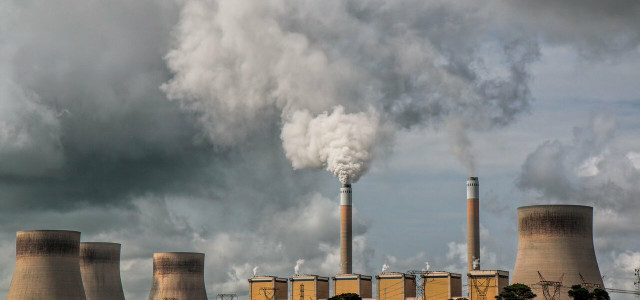Thermal pollution is a real and persistent problem in our modern society. The effects of thermal pollution illustrate how changes in temperature can have detrimental effects on the environment.
What is Thermal Pollution?
Thermal pollution is one of the main causes of water pollution. It occurs when hot or cold water is dumped into a body of water of a different temperature. An industrial plant or facility will take in water from a natural source and either cool it down or heat it up, for example in order to cool machinery. The water is then discharged back into the natural environment such as a lake or the sea. The altered water temperature also changes the oxygen levels in the water. The sudden temperature difference of the water can have disastrous effects on local ecosystems and marine life.
The report ‘Estimated Use of Water in the United States in 2015‘ by the The US Geologic Survey estimates that thermoelectric power plants take in approximately 133 billion gallons of cold water per day from natural sources of water — that is out of 322 billion water use in the US overall! Water covers up to 70 percent of the earth’s surface, so it is crucial we do everything we can to protect it from pollution.
What Are the Causes of Thermal Pollution?

(Foto: CC0 / Pixabay / analogicus)
Many human and natural factors contribute to the problem of thermal pollution. Some of the main ones are:
- Water as a cooling agent in power, manufacturing and industrial plants: The main contributors to thermal pollution are thermal and nuclear power plants. A 2018 study has found that power plants with once-through cooling technologies account for 64 percent of water withdrawals for electricity generation in the US. These plants draw in a continuous stream of water from natural resources to keep machinery cool, and then release the water at an altered temperature (hence, ‘once-through’). When oxygen levels are altered in the water, this can damage the quality of life for marine life.
- Deforestation: Forests are one of our most important ecosystems, as trees and plants block sunlight from bodies of water. When they are cut down due to deforestation, this exposes the water to increased sunlight which causes the water to absorb more heat, resulting in a rise in temperature.
- Soil erosion: Consistent soil erosion causes bodies of water to rise, making them more exposed to sunlight.
- Runoff from paved surfaces: Runoff from roads, parking lots and other surfaces can enter sewage systems and bodies of water which can increase the water temperature.
- Natural causes: Natural causes such as volcanoes, geothermal vents or hot springs can all cause warm lava to increase water temperatures.
What Are the Effects of Thermal Pollution?



(Foto: CC0 / Pixabay / ed2456)
Thermal pollution damages water ecosystems and reduces animal populations. Studies show that the Mississippi River is the body of water most effected by thermal pollution. It receives the highest total amount of heat emissions (62 percent and 28 percent of which come from coal fuelled and nuclear power plants).
- Decrease in dissolved oxygen levels: The warm water as a result of thermal pollution holds a lot less oxygen than cold water. The decreased levels of oxygen can lead to the suffocation of plants and animals such as fish and amphibians. Warm water allows for algae to flourish on the surface of the water, which further contributes to the suffocation of aquatic life as growing algae further reduces oxygen levels. This is a widespread problem, and the International Institute for Sustainable Development (IISD) has found that every coastal and Great Lakes state in the US is affected by agal bloom.
- Migration: The increase in water temperature can lead to the migration of organisms who need cooler temperatures to survive, which then disrupts the food chain.
- Impact on biodiversity: A sudden increase in water temperature can result in the mass killings of marine life as well as plants. Many aquatic species are sensitive to even small temperature changes so thermal pollution can cause significant changes in wildlife.
- Reproductive effect: Thermal pollution can change the biology of animals in many ways, including reducing their fertility. Other species may suffer birth defects or lay deformed eggs because of chemical changes in the body caused by increased water temperatures.
What Solutions Are There to Thermal Pollution?



(Foto: CC0 / Pixabay / benmurray)
The aquatic ecosystem is an integral part of the environment and it is important that we reduce the effects of water pollution in order to protect wildlife. A number of solutions have been suggested in order to reduce the damaging effects that thermal pollution.
- Cooling ponds: This is the simplest and cheapest method to combat thermal pollution. Cooling ponds work by transferring the heat in the cooling water to the air.
- Cooling towers: Before being returned to the natural body of water, the used water is passed through a cooling tower which reduces the temperature of the water.
- Recycling water: The idea here is to recycle the heated water for domestic of industrial uses, like heating, instead of it being returned to the natural body of water at an altered temperature.
- Artificial lakes: Could be used to withdraw cool water on one end, and discharge the heated water into the other end — without the harm to wildlife that would be done in natural lakes.
Although the effects of thermal pollution cannot be solved by individuals alone, there are some changes you be implement in your every life in order to live more sustainably. On an individual level, you can reduce your carbon footprint by using clean, renewable energy in your home for example.
Read on:
- 10 Everyday Green Living Ideas: Sustainability on a Shoestring Budget
- These 7 Suprising Items Release Microplastics into the Ocean
- Plastic Pollution in the Ocean: What Can I Do About It?
Do you like this post?






